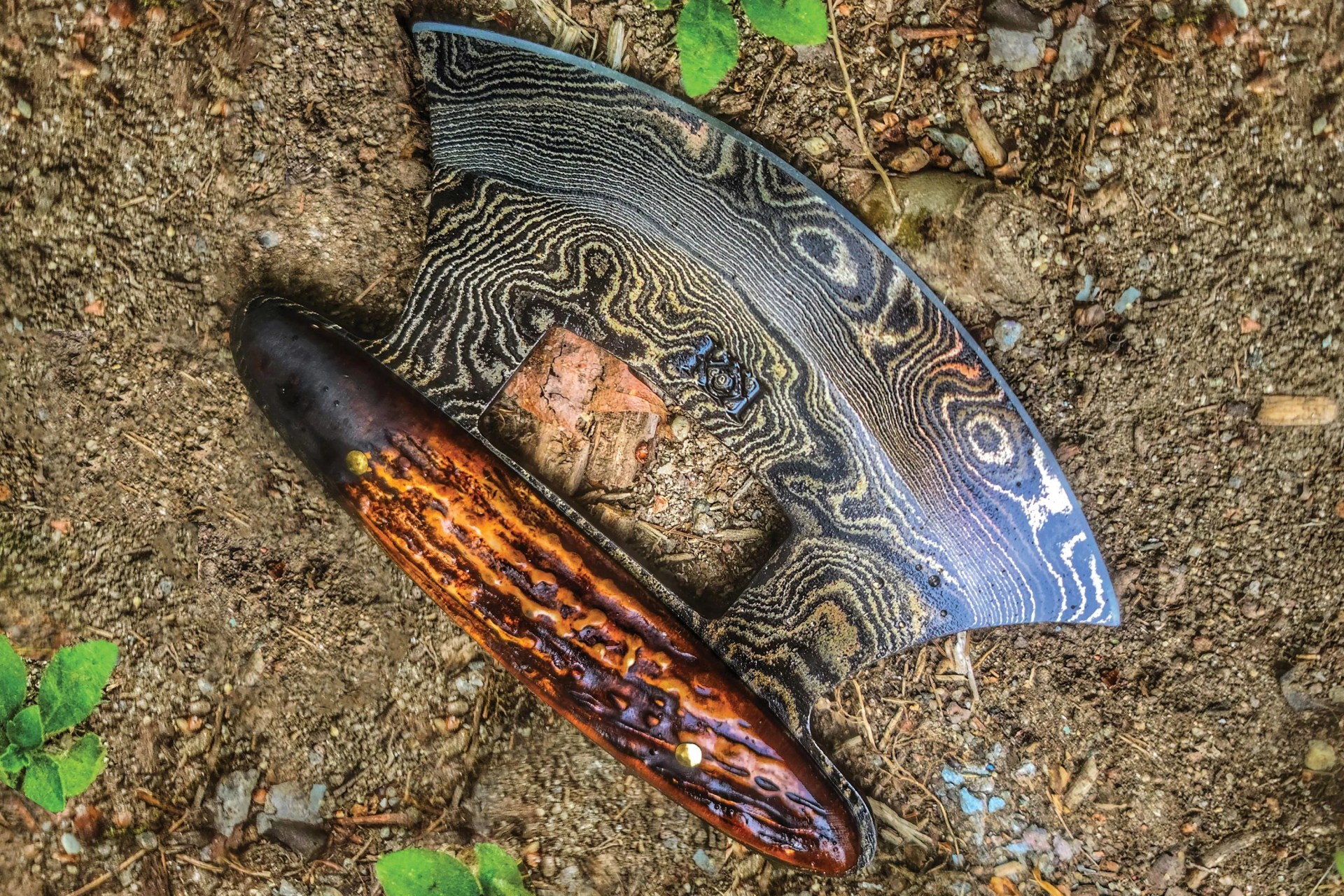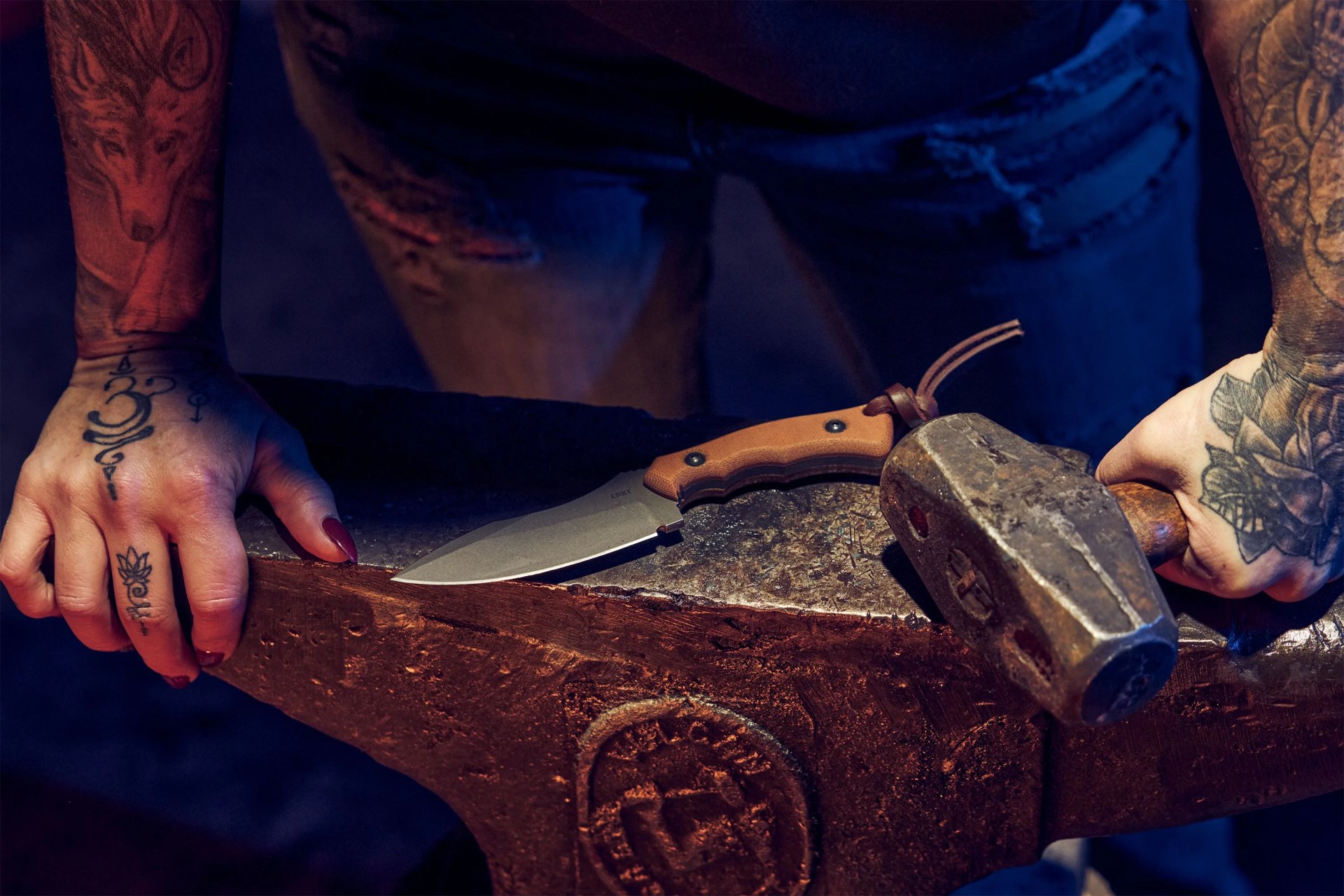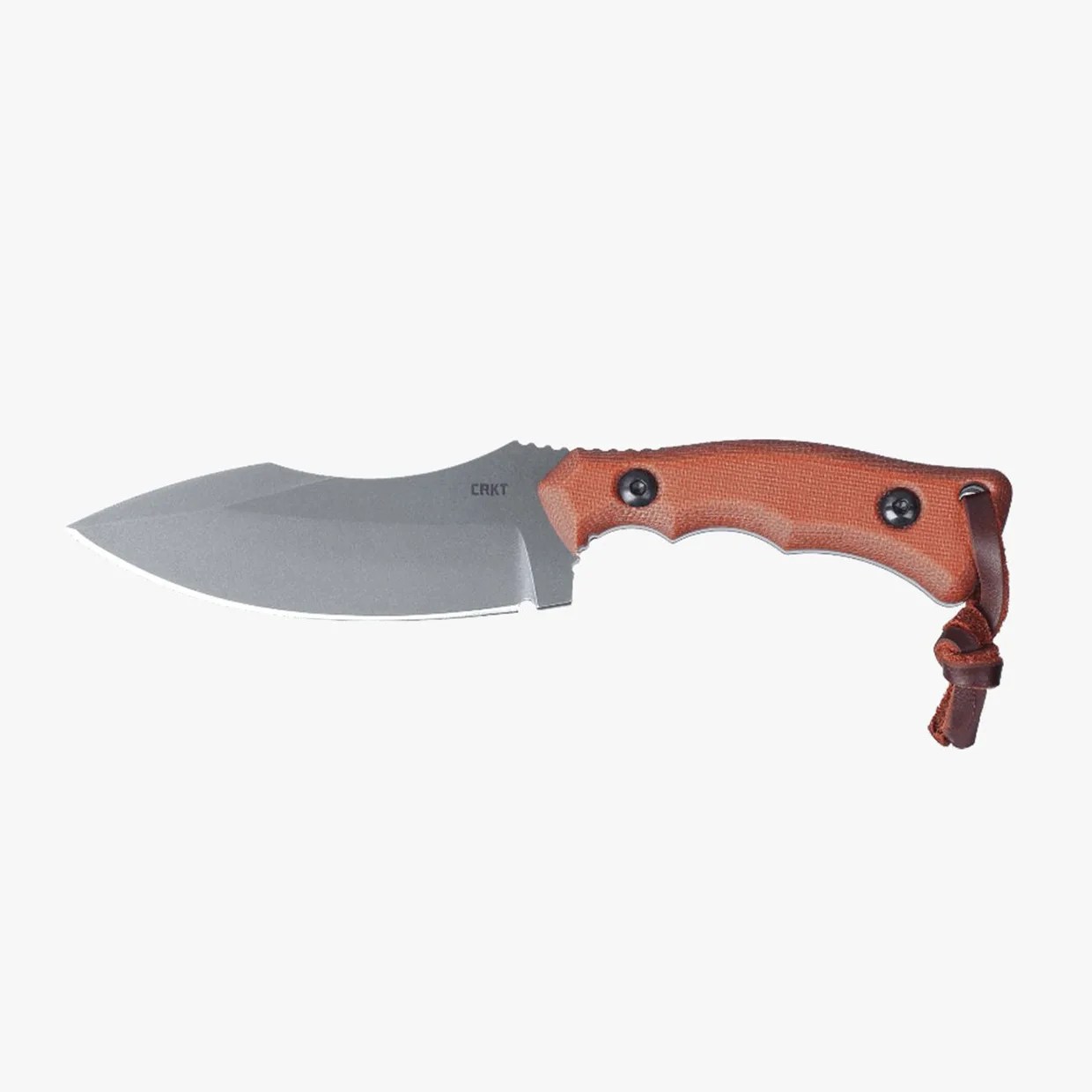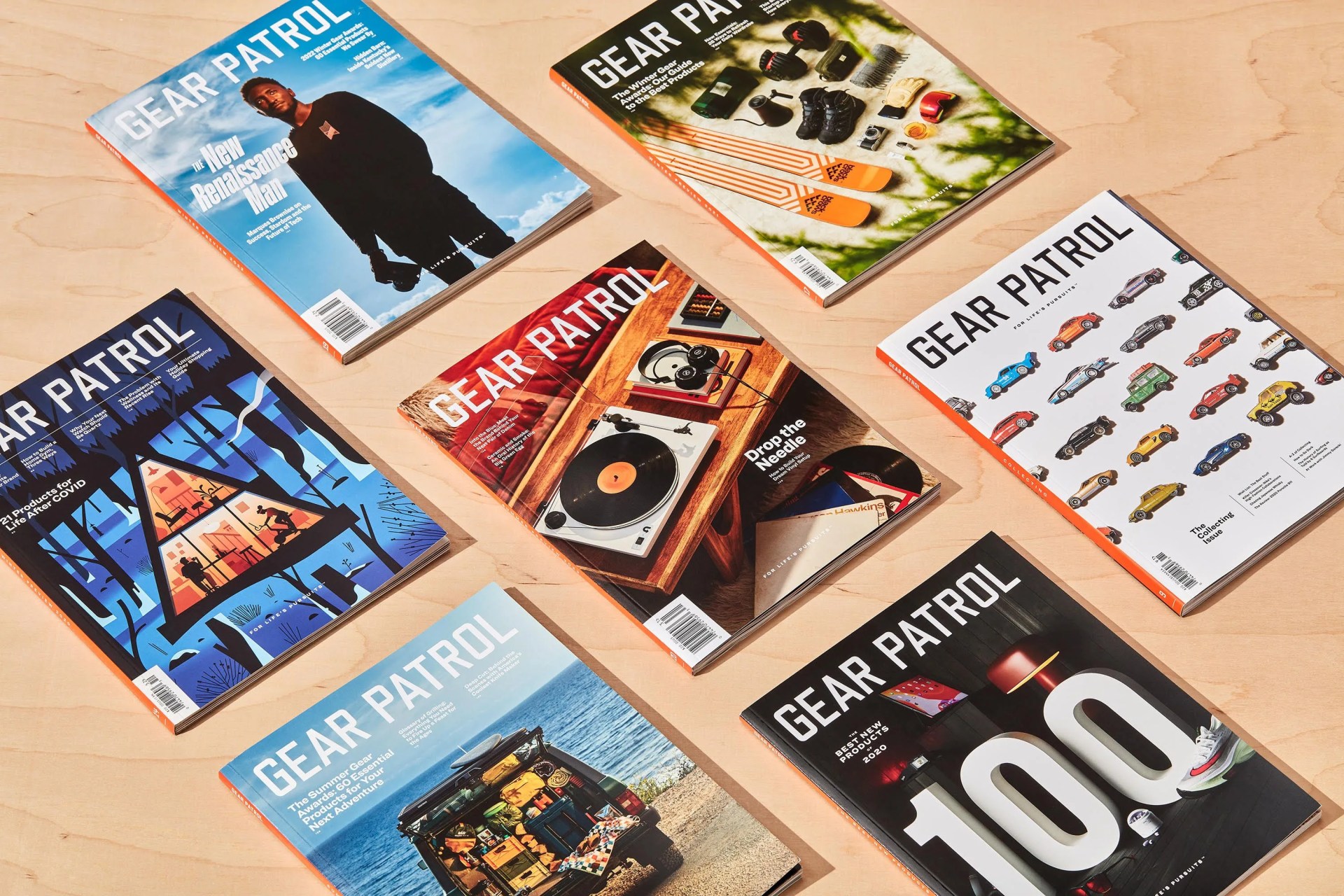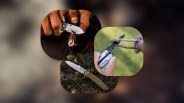The custom knifemaking industry isn’t like any other. It’s a balancing act of aesthetics, functionality and all-too-present danger. Alongside artistry, there’s an artistry to crafting boutique blades that demands passion and creativity. In many ways, Kaila Cumings embodies these diverse attributes. But she doesn’t fit the traditional mold, and her knives follow suit.
“I want my pieces to be practical, and they’re meant to be used, but unless I have something very specific in mind, I like to just see where the metal takes me when I start forging.”
Carving her own path from the beginning, Cumings built a following first through her YouTube channel, where she reviewed knives made by others before jumping into the arena herself. She also appeared on the Discovery Channel’s Naked and Afraid series, showcasing survival skills — learned from her father in the backwoods of New Hampshire — in Colombia and South Africa.
For the past decade, Cumings has crafted reliably rugged, fiercely beautiful designs from her Vermont workshop — and the industry has taken notice. Earlier this year, CRKT launched its first collaboration with Cumings. Bearing her daughter’s nickname, the 7.44-inch Bugsy ($170) is one stylish, formidable fixed blade; more are in the works. And as we learned in this wide-ranging interview, while her knives are cold and sharp, her demeanor away from the bench is anything but.
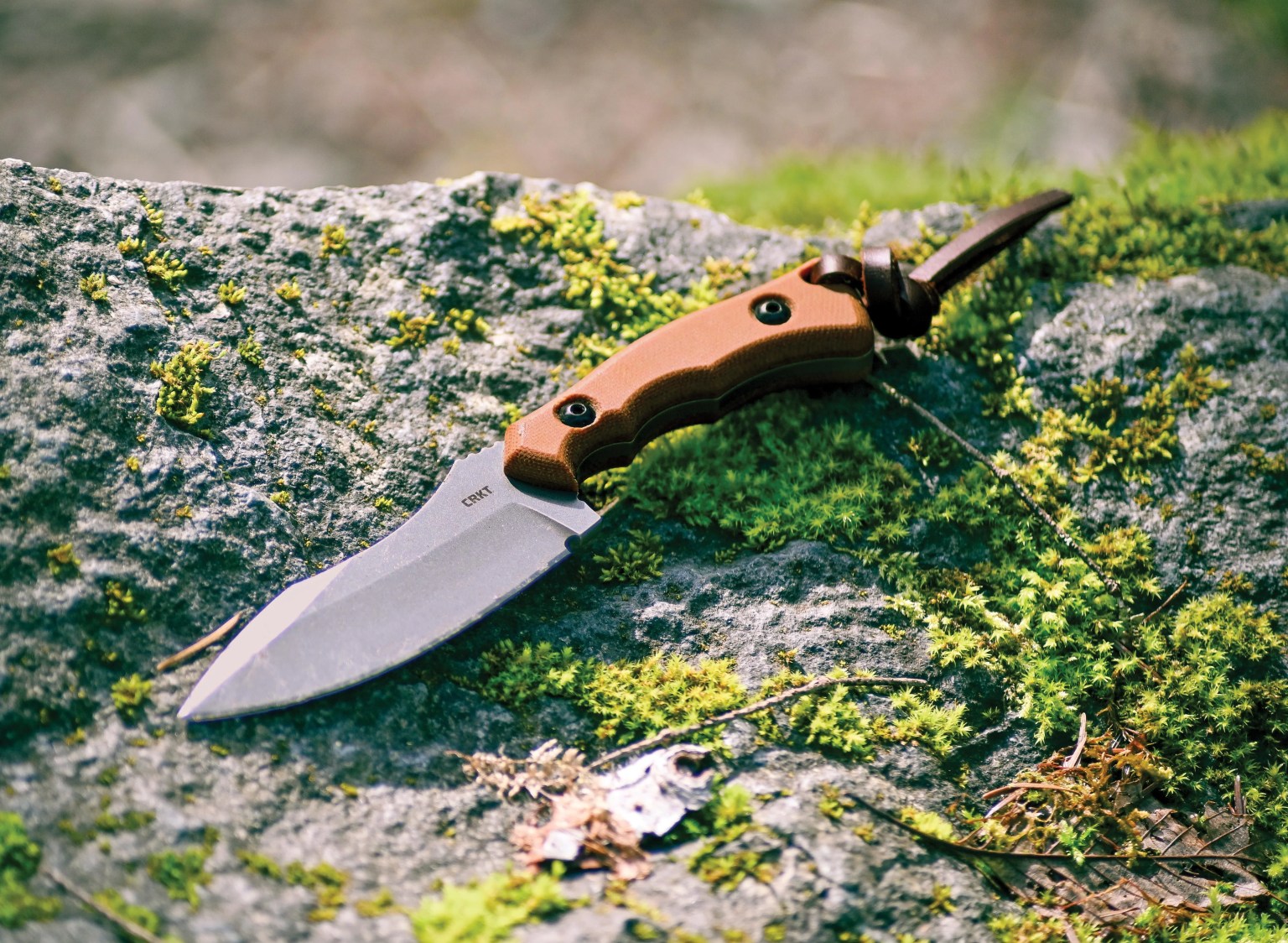
How did you start out making your own knives?
I started out in 2011, posting knife reviews and gear reviews on my YouTube channel. And then I realized, I really shouldn’t be reviewing someone else’s work if I don’t even know the whole process myself. That’s what made me want to start making knives. I watched a lot of YouTube tutorials, and pretty much all of it was self-taught.
What sort of workspace did you start in?
The beginning was a lot. My mom’s got dementia, so I was helping out my parents. I set up my shop at their house so that I could keep an eye on my mom and help out and then also work. My first “workshop” was in their little tool shed [laughs], and it was so small I had to bring my forge and my anvil and everything outside. There was no way I could actually forge in that little shed. I’ve definitely come a long way.
